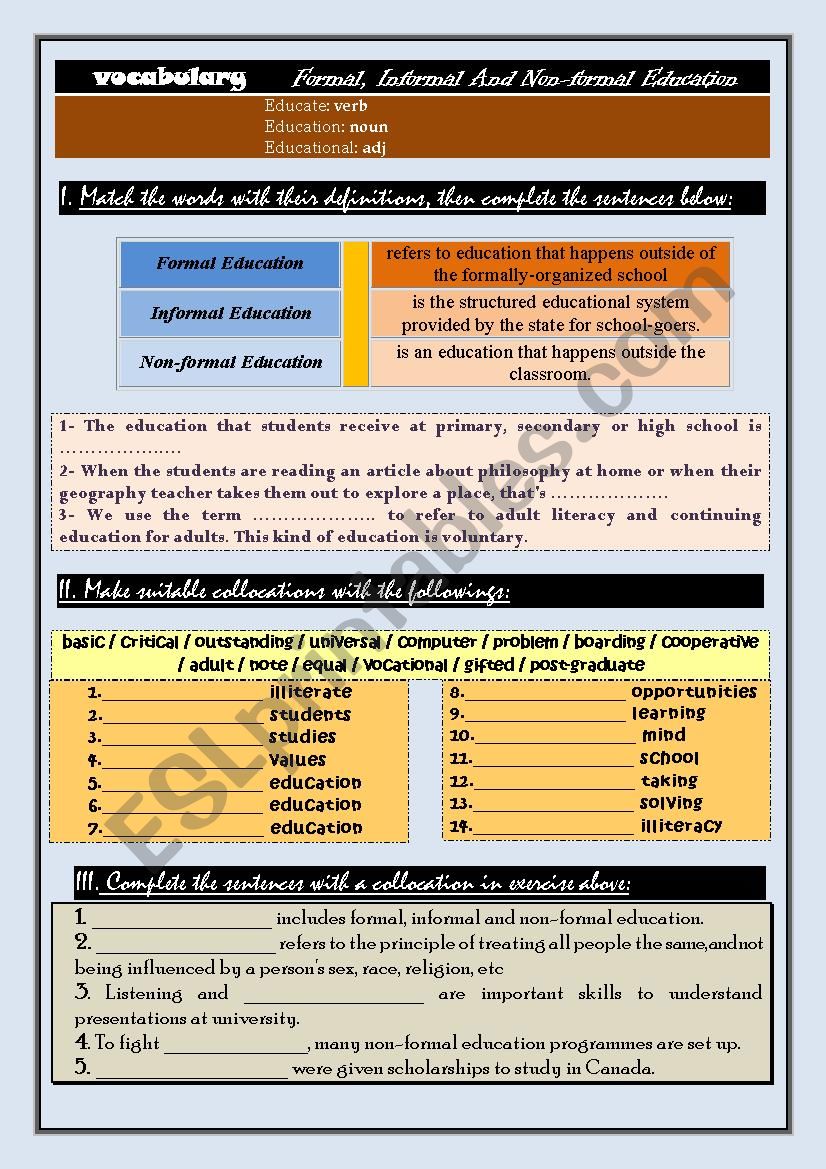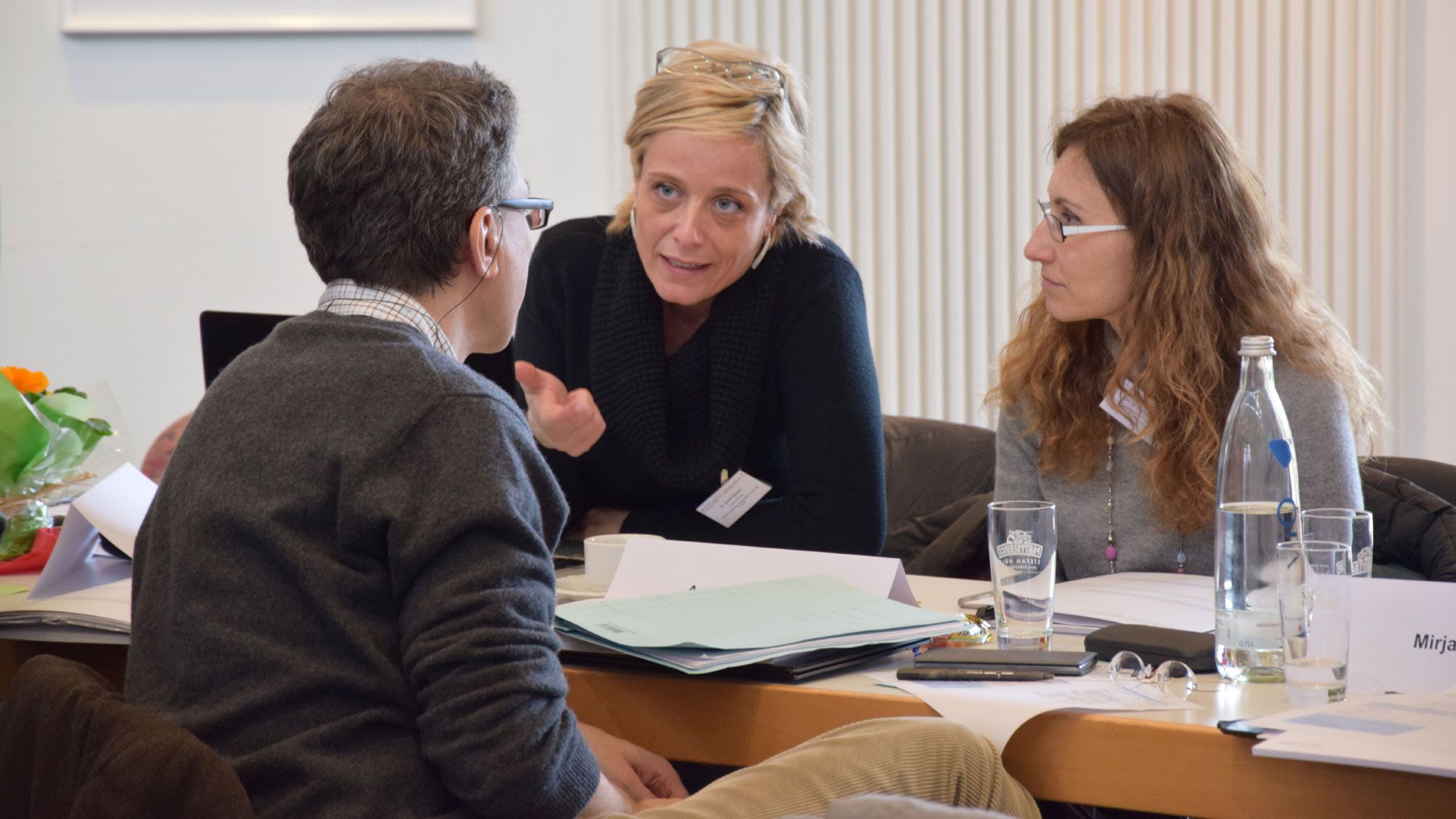
Informal education being natural does not strain the learner. Proper means are used but to some extent. Proper means are used to achieve the goals. Conscious efforts are made by the both but learner is more active. Here learner is more active than teacher. No conscious efforts are made by the teacher and the learner. It is both natural as well as artificial for sometimes.Ĭonscious efforts are made both by the teacher and the learner in the process of teaching-learning. It is artificial way of teaching-learning. In other hand, electronic medias are used also, to impart education. Here qualified person is required to impart education. Even a student may sometimes, play the role of a teacher in some situation. Only a qualified person can act as a teacher and his duty is to impart education.Īnybody may act as a teacher in a situation. Here place is not fixed to impart the education. In this type of education, time-table is fixed, but there not rigid, flexible time-table is there. Things happen out of chance or by mere luck as they say. There is always a formal type of time table in vogue during the process of teaching-learning. There is a syllabus here and time period is defined to complete the syllabus. There is no syllabus and so there is no question of completing the syllabus. Syllabus is completed through the formal type of education. Here, there is an organized body behind or in the background. There is no organized body behind or in the background. It is always organized type of education, some organized body is behind the establishment of the school. Restricted type of freedom is given to the learners and the teacher.Īll freedom is given to the teachers and the learners. It is based upon part time and own time table. Sometimes rules and regulations are observed. So there is no question of obedience of those rules and regulations. Obedience of those is mandatory for all the learners of that school. Its result is sometimes good and sometimes not good, because it is partly formal and partly informal. It may result into negative learning because the leaner may acquire certain bad habits, wrong attitudes etc.

Its result is always good education because everything is pre-planned and the process of education goes on under supervision. A person of any age group can enter in this setup and continue his studies. It is never going and never ending process.

There is no age limit for the start or completion of this type of education. Start is not possible at all stages of age. It is started at a particular age, is continued and thus over the years it is completed. In this type of education, there are no pre-determined aims.

In this type of education, specific aims are well fixed in advance. It is midway between both formal & informal.

Harbuism’s view: “Non-formal education is the only means of filling the gap between the ‘schooled’ and ‘unschooled’ population”. McCall’s view: “Non formal education is the entire range of learning experiences outside of the regular graded school system.” Handersons-view:- “Non formal education is far wider and more inclusive than schooling, which imparts wider experiences out of school.” Here education is received by the company of friends, relatives, community etc. It is a casual type of education which is received through daily experiences and activities. Informal Education –Įducation for which no formalities are observed is known as informal type of education. – It is consciously received education for which deliberate efforts are made. Differences between Formal education, Informal education and Non-formal education –Īny teaching where there is instruction, supervision, definite aims etc.


 0 kommentar(er)
0 kommentar(er)
